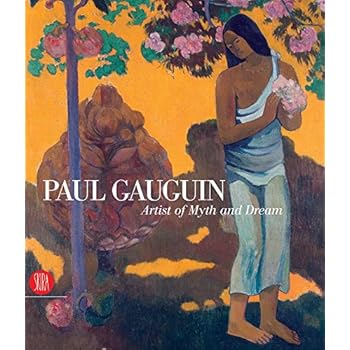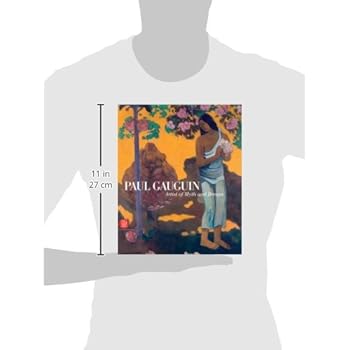Gauguin: Artist of Myth and Dream
Category: Books,Arts & Photography,History & Criticism
Gauguin: Artist of Myth and Dream Details
About the Author Stephen F. Eisenman teaches history of art at the Northwestern University in Evanston, Illinois. He has published several critical studies on modern art and specializes particularly in artistic movements that developed at the end of the twentieth century. Read more

Reviews
This book is the catalogue for an exhibition held in Rome in late 2007, early 2008. The introductory essays are quite interesting insofar as they tackle some rarely studied themes of Gauguin's art, such as his relationship to paper (as a medium supporting his prints or drawings, but also as a source of inspiration through printed reproductions of old masters' works with the birth of photography), his idea of a mythic "golden age" which he supposedly sought in Polynesia (and which may recall the myth of the golden age found in Ancient Rome), Gauguin as a bridge to modernity through his simplification of forms and pure colors heralding Matisse, Derain and the Fauves (this particular aspect is recurrent in any Gauguin study, though), or Gauguin's relationship with Italy (apparently a tenuous one, since he never set foot in Italy, but actually a very important one aesthetically when one takes into account his keen interest in Giotto and Boticelli).On the whole, an interesting book, far from exhaustive on its subject, whith reasonably good half-page illustrations (and some horrendous black-and-white thumbnails though...). Now, the selection of Gauguin's works has very few masterpieces and many average if not minor early paintings, which is a little disappointing, considering the self-proclaimed goal of the exhibition covered by the book (i.e. to explore and illustrate the importance of myth in Gauguin's art).



